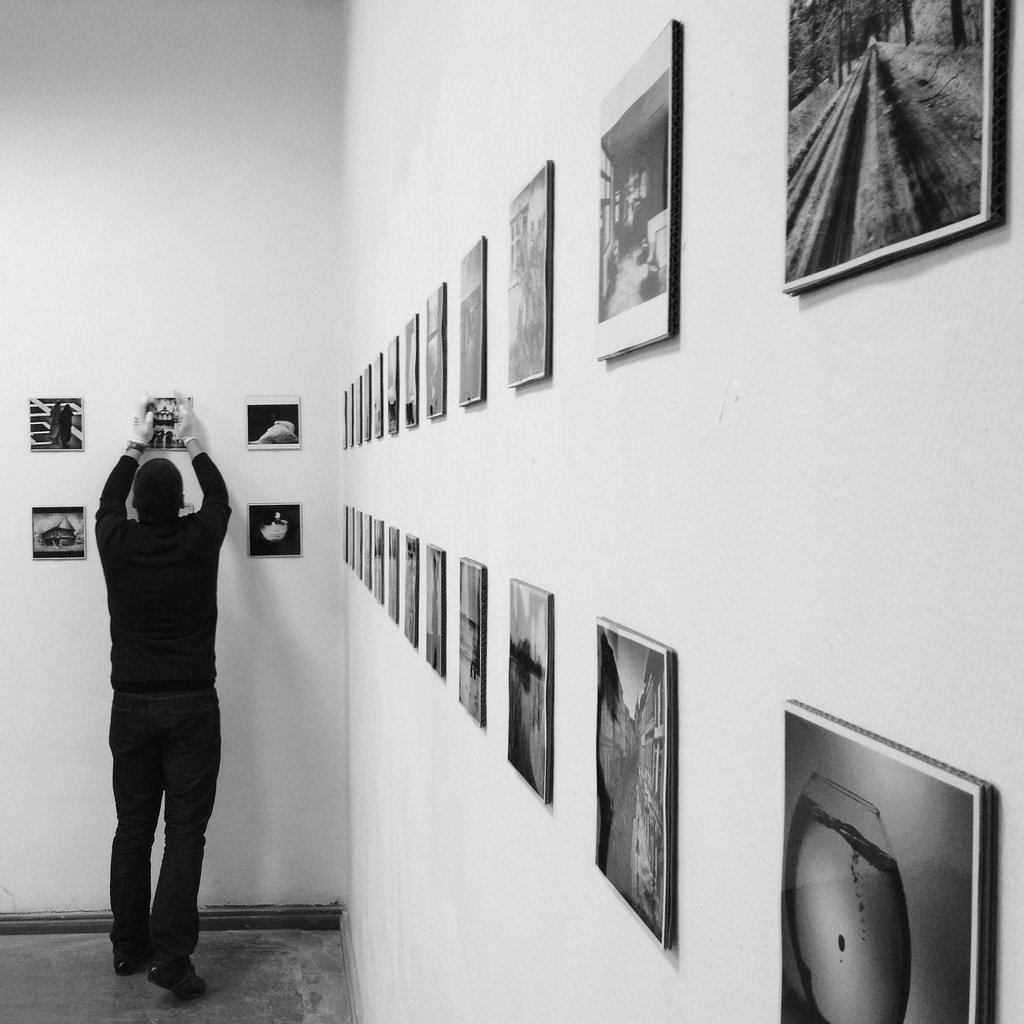
Photo: Photo credit: Michał Koralewski - mobile photography via VisualHunt / CC BY-NC-ND
Career guide: Curation
What’s it really like to work as a curator? Bluecoat’s Adam Smythe shares his story and advice for those considering a career in curating.
My story
Like many curators I originally began working as an artist. After finishing my degree at Birmingham City University I collaborated with a group of young artists to set up our own studio space, The Lombard Method. We were all interested in sharing ideas and so it was important to us to have space for a small gallery to invite artists to come and work with us and exhibit their work. The programme at The Lombard Method began as a strategy to create a dynamic environment for us to work in as artists, but for me it lead to an interest in exhibition making. I wanted to research the field further and test some of my curatorial ideas in a rigorous academic environment and so I enrolled on the Curating MFA at Goldsmiths in London.
At Goldsmiths I explored exhibitions in quite an experimental way, looking at other art forms such as literature to rethink the way that we exhibit artworks. Bluecoat was the ideal organisation for me to continue working as a curator, particularly as an art centre that focuses not only on visual art but also on literature, dance, music and performance. The organisation also has a long history of testing radical and experimental ideas, which suits my approach to curating perfectly.
Is curating for you?
Curating gives you the opportunity to learn continuously
The curators I’ve worked with and met all have very different approaches and attitudes. But one of the things that unite them is a real drive for research and engagement with new ideas and artists. A big part of the job is constantly engaging with exhibitions, journals and books. Given the amount of art being produced today you’ll be kept very busy, but this is also an incredibly rewarding part of the job. A desire to share ideas is also really important. For me, working with artists is one of the most exciting aspects of curating and a certain degree of openness in how you speak about art is essential. Beyond this, communicating with audiences can be very stimulating, particularly in an organisation such as Bluecoat where we make space for dialogue between the organisation and our audience through a programme of talks and events.
Why work in curating?
Curating gives you the opportunity to learn continuously. Working with artists constantly opens up new ways of thinking, and will often challenge and change the way you work. It can also be incredibly satisfying to support artists, which often happens by securing funding for them to realise an ambitious work or by devising an interesting context for them in an exhibition. But this can also happen just through meeting artists, having conversations and going on studio visits. You’ll also have an opportunity to make your ideas public and have them supported, challenged and debated, which is always enriching and generative.
How do I get started?
Routes into curating can be quite varied. Although I studied fine art at university, others often come from studying art history. But these aren’t the only routes into curating. A lot of the really interesting curators that I’ve met have come from subjects such as comparative literature and philosophy. Many curators begin working in assistant roles and learning on the job, or by setting up their own gallery on a small scale before joining a larger organisation.
What are my career prospects?
There are a lot of different types of galleries and museums employing curators, and the job itself can vary quite a lot depending on the scale, ethos and direction of the organisation. Some curating jobs will be more involved with a collection, perhaps even the estate of a single artist, and can often involve a lot of care for the conservation and legacy of the work in the collection. Others are more audience focused, whilst working as a curator at a commercial gallery can be much more focused on long-term work with a set group of artists.
Pay also differs greatly. A lot of curators begin working freelance or setting up their own galleries, and this can quite often be either voluntary or quite precarious, as you’ll be fundraising for your own income. It is common for curators to work their way up to become directors of galleries or museums, but there are also opportunities to go into writing or working for commissioning bodies, trusts or funders. For a first job curating in a public gallery the salary ranges from around £18,000 to £25,000. Salaries for a senior curator can be anywhere from £30,000 to £60,000, but this really depends on where the gallery is, the scale, and the experience of the curator.
Adam Smythe is Curator at Bluecoat.
www.thebluecoat.org.uk
Join the Discussion
You must be logged in to post a comment.